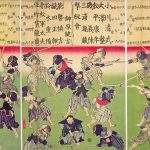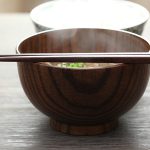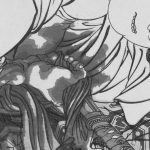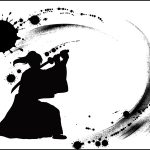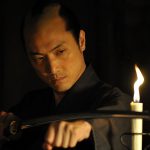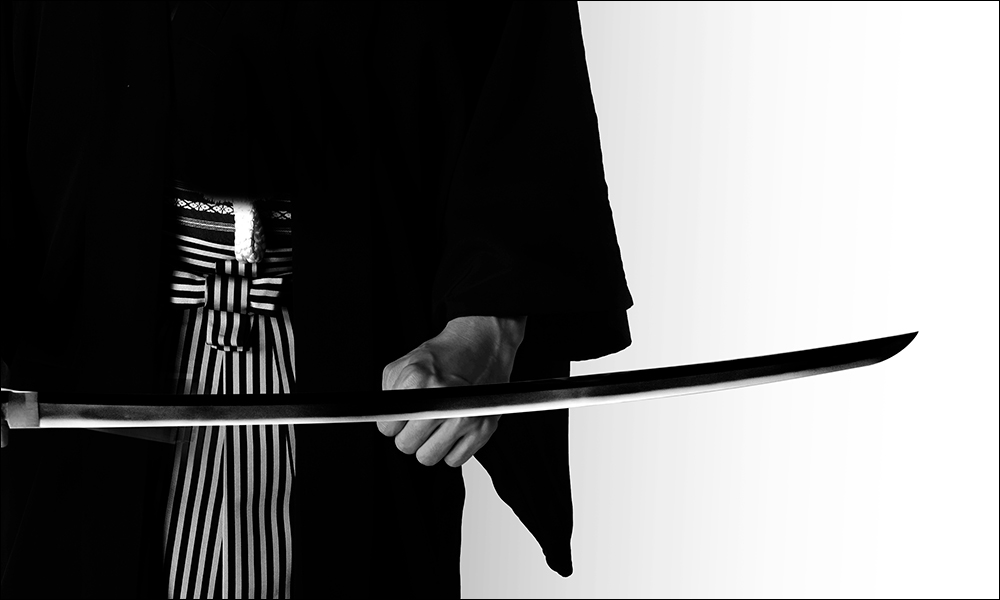
A 5 working day week has become the norm in Japan, but the concept of a “day off” is a something that was only introduced into Japan in the Meiji era. Up until the Edo period, there was no concept of a “week”, and therefore no “days off”. In other words, people worked non-stop throughout the year. In the 9th year of the Meiji era (1876) Sunday was designated as an official weekly holiday.

But it was not until 1919 when most Japanese nationals were able to take Sunday off every week. This means that having Sundays off has only been around for about 100 years in Japan. The reason Sundays became holidays in the Meiji era was because the Japanese began trading and diplomacy with Western nations. Even if they wanted to hold negotiations on Sundays, their counterparts were taking a day off, so they may as well do the same.
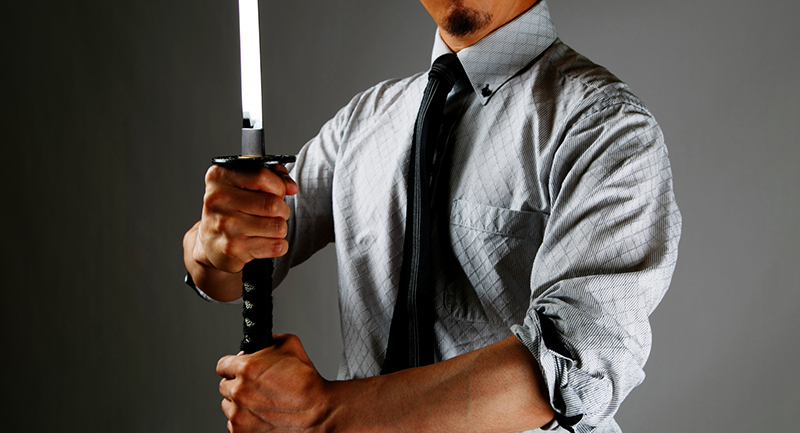
In more recent times, most Japanese people have begun to take 2 days off each week. How about the samurai? Did they have days off? There was some difference depending on rank, but when we look at the Samurai who protected Edo castle and did miscellaneous duties, they actually had 5 days off in a week! In other words, they had such an enviable working condition of only 2 days a week!

They had a working schedule called “3 day duties” for which they had 1 working day and 2 off days. In this cycle, they would work 10 days and have 20 days off during the month. So this roughly works out to be 5 off days in a week.
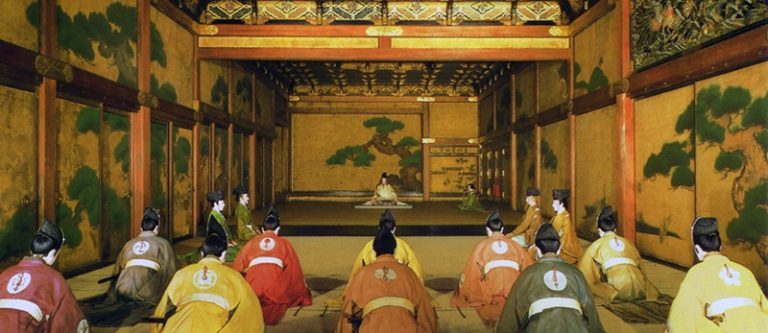
How, then, did the samurai spend their many off days? Actually the lower rank samurai received a payment of “3 ryo plus one person’s rice”. Annually they would get 3 ryo and 5 bags of rice which works out to be about 400,000 yen in today’s currency value(which is approximately equivalent to US$3,640). That would be about 34,000 yen(app. USD$310) per month, so no where nearly enough to live on. To compensate for that, they took up many side jobs.
In historical plays you often see samurai making paper umbrellas, which was a popular side job for lower rank samurai. Other than that, many samurai raised crickets, made wooden brushes, lanterns, or kites. For lower rank samurai who received “3 ryo plus one person’s rice”, their “off days” may have been even busier. But sometimes they would spend their days off doing things that did not cost money.
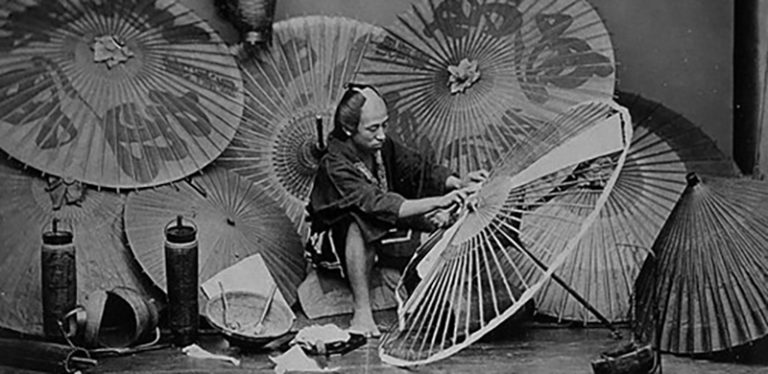
The most popular thing seems to be going to shrines. Visiting shrines and seeing the landscape of the Edo township was the equivalent of people “hanging out” these days. Public bathhouses were also popular places for killing time and socializing. Bathhouses were typically for the common people so it was not very often that the samurai went there, but they would occasionally relax in the upper room or slurp some cheap soba as part of their off-day enjoyment.
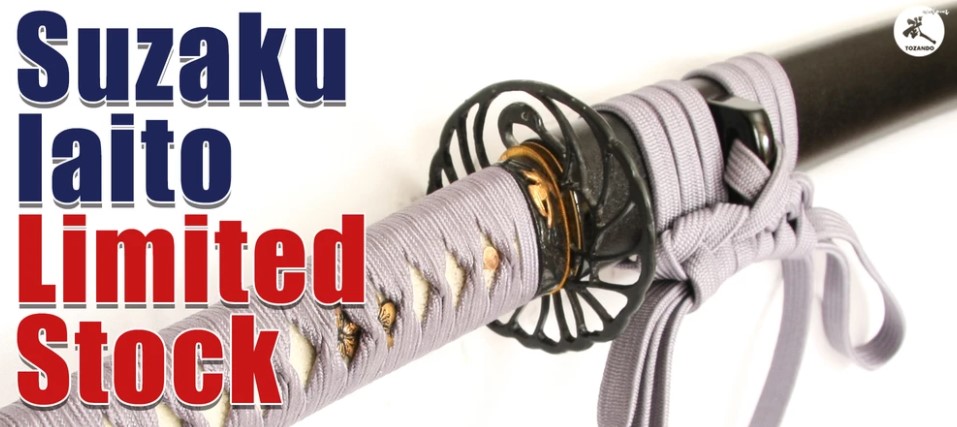
What about the middle and upper class samurai, who were shogunate vassals and had a higher salary? There samurai were able to live comfortably without working side jobs. They would often take up hobbies or some kind or art, study to attain knowledge in some area, relax at public bathhouses, or frequent brothels.
Even in the samurai world, perhaps the pastimes of the high earners is not so different from today.
 | Did you like what you've just read? Check this out. |



